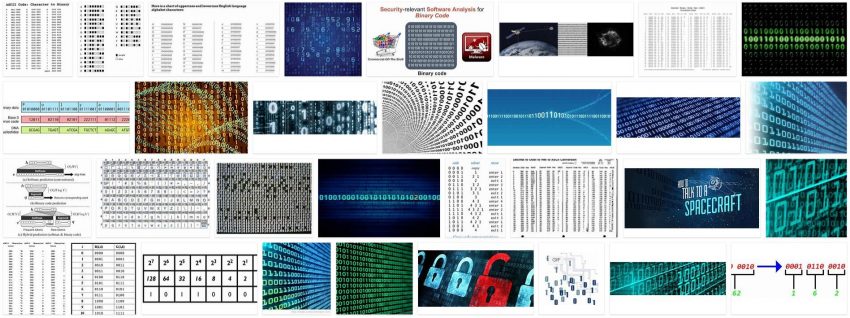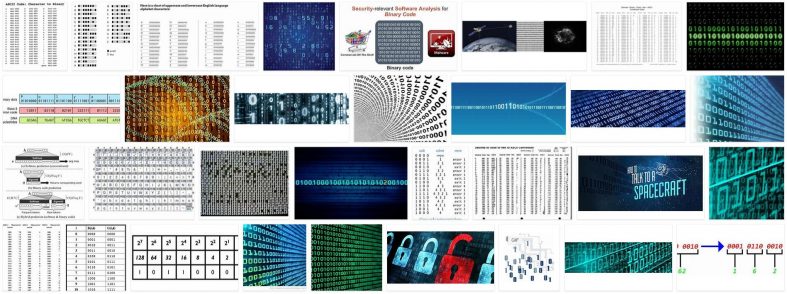Binary code is the text, image or video representation system used by computers or computers to process instructions.
In order for the binary code to carry out its function, it must make use of the binary system, which is a numbering system that has only the digits or bits zero (0) and one (1), with which countless codes can be represented .
In this numerical system 0 means closed and 1 open.
The binary code is used in the fields of computer science and telecommunications to encode various types of data such as, for example, character strings or bit strings which can be of a fixed or variable width, according to the binary codes that are get.
Binary Code Features
Below are the main features of the binary code.
- It is a continuous code whose combination differs from one code to another by changing a single bit.
- It makes use of error correction codes and error detection codes to avoid difficulties when transmitting data.
- Generally, binary codes are weighted, that is, each sequence of digits has a specific weight associated with it. For example, decimal code encoded to binary code.
- Binary codes have a distance that can be identified by the number of bits that vary between combinations.

